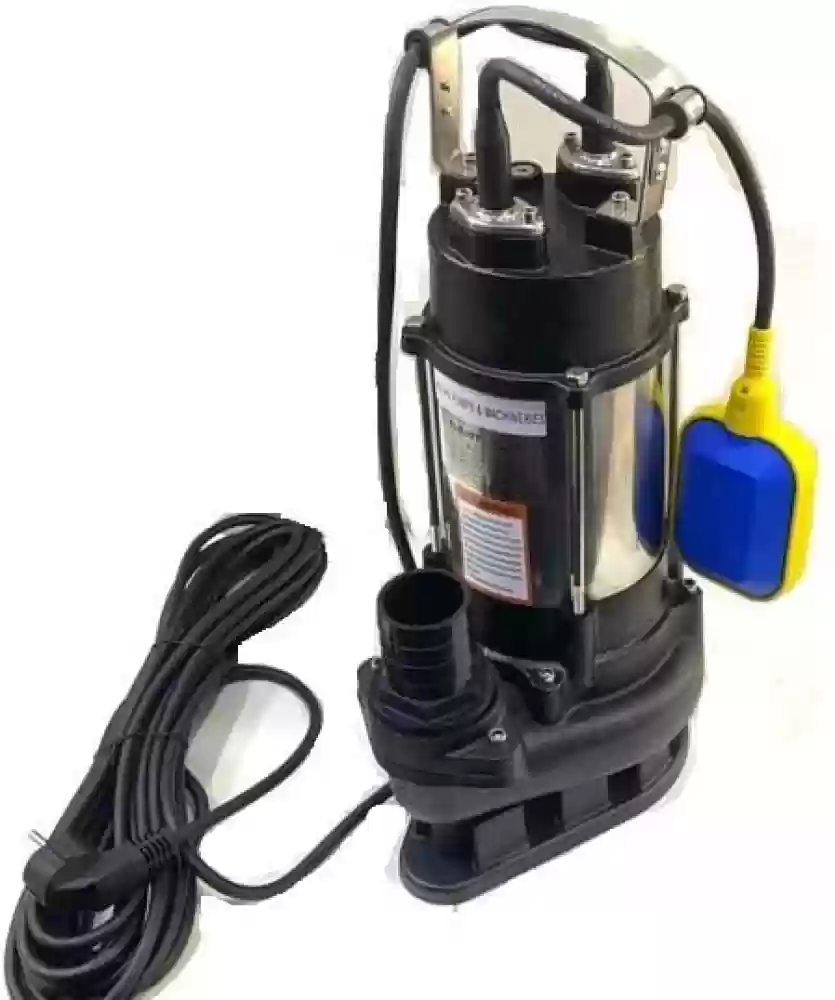Quick Steps to Servicing Your Sump Pump
Quick Steps to Servicing Your Sump Pump
Blog Article
The article author is making a few good pointers regarding Cleaning & Maintenance Tips for Your Home's Sump Pump overall in this article further down.

Sump pumps are crucial components in many homes, particularly in locations vulnerable to flooding or too much wetness. They assist protect against water damages by successfully getting rid of excess water from cellars or crawl spaces. Nonetheless, like any other home appliance, sump pumps require regular maintenance to ensure they work properly when required one of the most. Cleansing your sump pump is a vital part of its upkeep, and comprehending how to do it appropriately can conserve you from costly repair work and possible catastrophes.
Intro
Maintaining a tidy sump pump is vital for its appropriate performance and durability. Overlooking this crucial job can cause blockages, malfunctions, and inevitably, water damage to your residential property. Therefore, learning just how to cleanse a sump pump is essential for house owners who count on these gadgets to maintain their basements dry and protected.
Recognizing the Sump Pump
Before diving into the cleaning process, it's important to have a basic understanding of exactly how a sump pump functions. Generally set up in a pit or container below the basement flooring, a sump pump consists of numerous crucial elements, including a pump, a float button, and a discharge pipe. When water builds up in the pit, the float switch triggers the pump, which after that pumps the water out via the discharge pipe, far from the structure's foundation.
Signs of a Dirty Sump Pump
Understanding when your sump pump needs cleansing is critical for stopping prospective malfunctions. Some typical signs that show a filthy sump pump include odd sounds throughout operation, minimized water circulation, and visible particles in the pit. If you see any of these signs, it's necessary to clean your sump pump without delay to prevent any kind of more problems.
Getting ready for Cleansing
Before you begin cleaning your sump pump, it's essential to take some safety preventative measures. Beginning by shutting down the power to the pump to avoid any electric crashes. Additionally, put on suitable safety gear, such as gloves and safety glasses, to safeguard yourself from dust, particles, and potential virus.
Detailed Guide to Cleaning a Sump Pump
Shutting down the Power
Begin by disconnecting the power supply to the sump pump to prevent any type of crashes while cleaning.
Eliminating Debris and Dust
Utilize a container or an inside story to remove any kind of noticeable particles, dust, or sediment from the sump pit. Dispose of the debris correctly to prevent it from blocking the pump or the discharge pipe.
Cleansing the Pump and Drift Change
As soon as the pit is free from debris, meticulously remove the pump from the pit. Inspect the pump and the float switch for any kind of indications of damage or wear. Make use of a soft brush or cloth to clean the surface areas and get rid of any kind of gathered crud.
Purging the System
After cleansing the pump and float switch, purge the sump pit with clean water to get rid of any kind of continuing to be dust or debris. This will assist guarantee that the pump runs efficiently and efficiently.
Checking for Proper Functioning
Before reinstalling the pump, do a quick test to make certain that the float button triggers the pump correctly. Pour some water right into the sump pit and observe the pump's operation. If whatever is working appropriately, you can reconstruct the pump and reconnect the power supply.
Upkeep Tips to Keep Your Sump Pump Clean
In addition to routine cleansing, there are several maintenance pointers you can comply with to maintain your sump pump in optimal problem:
Final thought
Cleansing your sump pump is an important facet of its maintenance and guarantees that it runs efficiently when you need it one of the most. By following the steps laid out in this overview and incorporating normal upkeep into your regimen, you can prolong the lifespan of your sump pump and safeguard your home from water damages.
6 STEPS ON HOW TO CLEAN A SUMP PUMP PROPERLY
UNDERSTANDING SUMP PUMPS
Your sump pump plays a crucial role in protecting your home by managing and removing excess water. It primarily functions as a “shield”, guarding your basement against the damaging effects of water accumulation. The pump is housed in a sump pit in the lowest part of your basement, and its job is to pump out any water that collects there.
During heavy rainfalls or when snow melts rapidly, water can infiltrate your basement, posing potential risks like flooding, structural damage, and harmful mold growth. Here, the sump pump springs into action, pumping out the intruding water and directing it away from your home.
SAFETY FIRST
Before cleaning, remember to prioritize safety. Disconnect the sump pump from the power source to prevent any accidental electric shocks. Also, wear sturdy gloves to protect your hands from any sharp or dirty components within the pump.
REMOVE THE SUMP PUMP
After ensuring your safety, the next step is to remove the sump pump from its pit. Doing this might require careful maneuvering as you don’t want to damage any pump components. Once removed, clean the sump pit to remove any accumulated debris or sludge.
INSPECT THE PUMP
Inspect the pump for any visible signs of wear or damage. Check the power cord, float switch, and impeller housing. If any components look worn out or damaged, consider replacing them to ensure optimal performance.
CLEAN THE PUMP
Thoroughly clean the pump with warm, soapy water. Make sure to rid it of any dirt, gravel, or other debris that might impede its performance. You can use a toothbrush to clean the small, hard-to-reach parts of the pump.
REINSTALL THE SUMP PUMP
Reinstall the pump into the sump pit Make sure it’s positioned correctly to remove the water effectively Once it’s back in place, reconnect it to the power source TEST THE PUMP
Finally, pour some water into the pit to ensure the pump works correctly. It should start automatically and begin pumping out the water; if it doesn’t, check the power source and the positioning of the pump.
Remember, while cleaning your sump pump is an essential part of home maintenance, hiring a professional plumber for a thorough inspection and cleaning at least once a year is also important. This will ensure that your pump is in optimal condition, ready to protect your home from potential water damage.
BEST PRACTICES FOR CLEANING SUMP PUMP DISCHARGE PIPES
Regular Inspection: Regularly inspect your discharge pipes, especially during heavy rainfall or snowmelt periods. Look for any signs of blockage or damage. Early detection of problems can prevent serious issues down the line. Periodic Cleaning: Over time, sediment and debris can accumulate in the discharge pipes, impeding the flow of water. Regular cleaning helps keep the pipes clear and functioning efficiently. You can use a high-pressure water jet to effectively clean the pipes. Insulation During Winter: In colder climates, discharge pipes can freeze, blocking the outflow of water. Protect your discharge pipes from freezing temperatures by insulating them with foam pipe insulation. This will ensure the sump pump can continue to discharge water even in freezing conditions. Proper Positioning: The discharge pipe should be positioned to direct water away from your home’s foundation. Improper positioning can lead to water seeping back into the basement. Ensure the pipe is long enough and angled correctly. Installation of a Check Valve: A check valve prevents water from flowing back into your sump pit after the pump has pushed it out. Installing a check valve helps maintain the efficiency of your sump pump and reduces the risk of flooding. Minimize Pipe Turns: Every curve or turn in the discharge pipe can decrease the efficiency of water flow. By minimizing turns and bends in your discharge pipe, you can increase the efficiency of your sump pump. https://www.fullspeedplumbing.com/how-to-clean-a-sump-pump-properly9999/

We were brought to that write-up about How to Care for Your Sump Pump through an associate on our other web blog. If you appreciated our blog entry plz consider to pass it around. We thank you for your readership.
Click Here Report this page